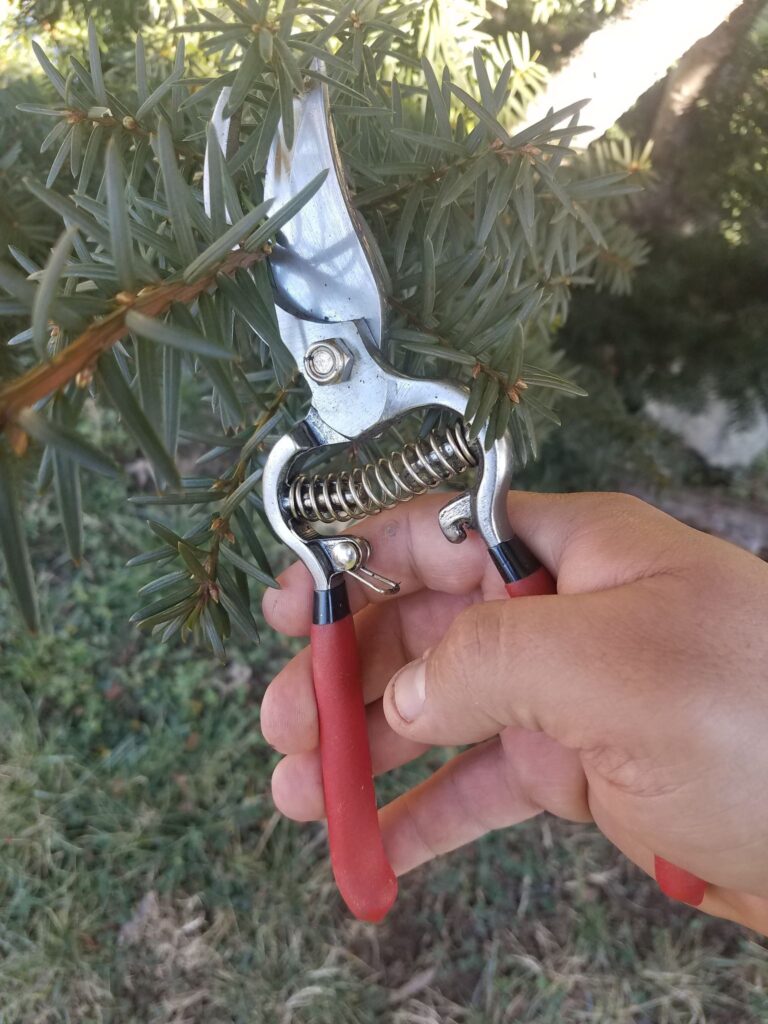Regular plant trimming has a number of benefits for your trees. It improves light and rain penetration, reduces the size of a tree, and strengthens the tree. The process is simple and will benefit your trees in many ways. Learn how to make the most of your tree’s pruning sessions and reap the rewards of healthy trees.
Improves light, rain, and air penetration
Any trees with dense canopies can benefit from regular plant trimming to increase light penetration through their canopy. A dense canopy reduces light penetration, resulting in a lower photosynthesis rate (PN). A recent study found that PN was as much as 50% lower in shade leaves compared to leaves that received sunlight. While this negative impact is generally true, in drought conditions, shade may actually benefit photosynthesis.
Helps trees with dense growth to produce more fruit. In most cases, pruning should be done once a year, but it should not remove more than 30% of the tree. Over-pruning can result in permanent damage. In addition to removing the tree’s nutrient and carbon reserves, excessive pruning can destroy the tree’s health. If pruning is an ongoing process, it may be best to spread the project over several years.

Reduces the size of a tree
A tree that grow too large for their environment may need to be trimmed regularly. This process is known as reduction pruning. It reduces the size of the tree without damaging the tree’s structure. It is best performed before the tree has outgrown its location. It also reduces the risk of failure of the tree and damages to the hardscape caused by its roots.
It is a very beneficial practice if done in a proper way. But you have to be careful not to remove too much plant material, as this can cause damage to the tree. For example, it is not advisable to prune your tree more than 20% of its foliage. Besides, the majority of plants will recover after trimming.
Plant Trimming Strengthens a tree
One of the vital part of proper tree maintenance is plant trimming. It encourages healthy growth and helps prevent disease. Pruning helps trees retain their shape, especially if they are young. Regular pruning can even train young trees. A good pruning method will also increase the lifespan of the plant.
Reduces the risk of a storm
Trees are vulnerable to storm damage. They tend to be more vulnerable if they have dead or damaged branches. Diseased wood is also a risk. Regular plant trimming can minimize this risk. For example, by trimming low branches, you can reduce the amount of damage to buildings.
Plants that are healthy can resist a storm better. Regular pruning reduces the size of the crown, which decreases surface area and reduces wind sail. If you have large trees, a certified arborist should be called in to perform proper pruning. Professional service providers can provide corrective pruning, deadwooding, and crown density reduction.
Encourages new growth
Plant trimming is a good way to encourage new growth in trees. However, it is important to remember to cut branches at a 45-degree angle when pruning. This will prevent water damage and disease. Pruning can be harmful to some plants, but it can greatly benefit others.
Proper pruning can promote new growth for trees, shrubs, and bushes. Plants should be pruned regularly to keep them healthy and looking their best. It is also a great way to prevent disease and insect infestations. Regular trimming also keeps plants from blocking walkways and blocking lines of sight.